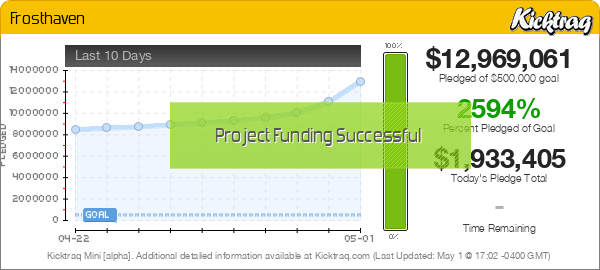I was just thinking – board gaming is a strange hobby!
There are probably countless others with similar traits that aren’t jumping to my mind right now, but board gaming feels pretty unique. Think about it:
- Board gaming requires other people for it to work (unless you play solo games 100% of the time). And if you don’t have other gamers around you when you’re ready to play, you have to rope (possibly) unwilling contestants into the arena.
- The things we use in the hobby (board games) are forms of entertainment that are designed to be used regularly. Even playing a game 10 times in a day probably won’t break it. Try watching the same move or reading the same book over and over and over!
- It could be an extremely cheap hobby to get into and pursue, yet many of us end up buying game after game (after game) when we have plenty of perfectly good ones already.
- And, related to that, this hobby can take up a lot of space in your home!
I’m not knocking the hobby, it’s just weird and often annoying that it is this way. I mean, it took me ages to realise that if I buy dozens of games in a year I probably won’t find the people to play them with me – certainly not play them enough times to go deep into the design. And I still struggle with wanting to buy games because I want them, when really (maybe) I should only buy games that I would be happy to play but that I hope the people I know will play as well. Where the collecting side of the bobby ends and the playing side begins is a really difficult see-saw to balance.
Just yesterday I heard of someone who only owns and plays (regularly) the board game Root. That’s their game. And of course, there are those who only play Catan, or Magic: The Gathering, or Monopoly and Uno. And sometimes I wish I was one of them (as does my wallet and my shelving).
So I’ve come up with some dos and don’ts for myself so that my hobby doesn’t break my bank balance, my family’s patience, and stays as fun as it can be. Feel free to follow these Rules to Game By 🙂
- Rule no. 1: Try to play with people I don’t know more often. This is difficult with no large conventions, etc., near me, but when the opportunity pops up, I will try to take it. I am not a very social person, so this rule isn’t so much about meeting new people (not that there’s anything wrong with that) as it is (very selfishly) about saving money. The more I play, the more games I will discover that I can add (or remove) from my wishlist.
- Rule no 2: Try before I buy. This may be difficult, but I feel if I stick to a small number of purchases that are bought “sight unseen” and try my best to focus my spending on games I have already tried and know will be good for me, I think I will keep my collecting in check.
- Rule no 3: Have a budget. I know that sounds easy but each week games pop up on Kickstarter or are announced that you never knew were coming. I must be strict with this or else I will go broke! Remembering rules 1 & 2 will help me do better at rule 3.
- Rule no 4: Don’t coerce people into playing games. It’s just not nice. And it can be very selfish, I mean, we’ve probably all done it – pushed someone who didn’t really want to play a game into a game you wanted to play just so you could get it played and then it wasn’t really that great for them and they were even harder to get interested next time… You don’t NEED your partners/families to be gamers. It would be VERY VERY COOL if that was the case (sniff) but they are lovely people with their own loves and interests and you don’t need to force them to do something they don’t want to do. Gaming is not for everyone. And no matter how hard you try, person X may never become a gamer. Just as you may never become a knitter or a go-karter or a rock climber. Board gaming is weird – it needs other people (usually) to work at its best, but I think I need to find other gamers somehow, before I start forcing more non-gamers to suffer through what I want to play…
Phew! Sorry, I’ll take a breath now 🙂
Maybe I’m being too hard on myself – this is a hobby after all, and it should be fun. But I also don’t want gaming to be a stress or a weight around my neck.
What do you think? Do you wish this uber-great hobby was different in its nature? Have you learned to tame it? Do you have any rules to control your spending or other symptoms of a board gaming addiction?
Anyway, it’s food for thought. As for me, I’m going off now to play something new with someone new! (Actually no, I’m going to spend 20 minutes on boardgamegeek. Seeya…)
– David
Grail Games

:strip_icc()/pic2452831.png)

